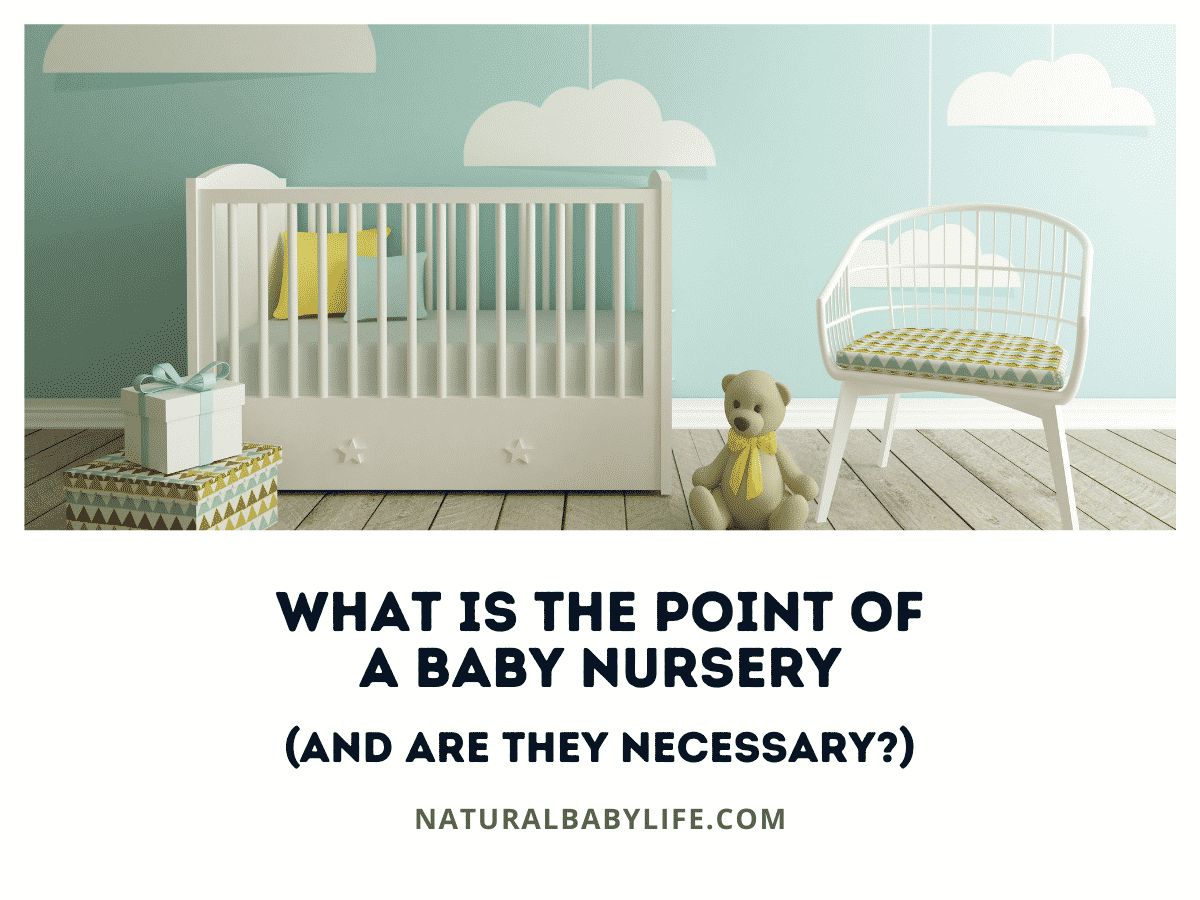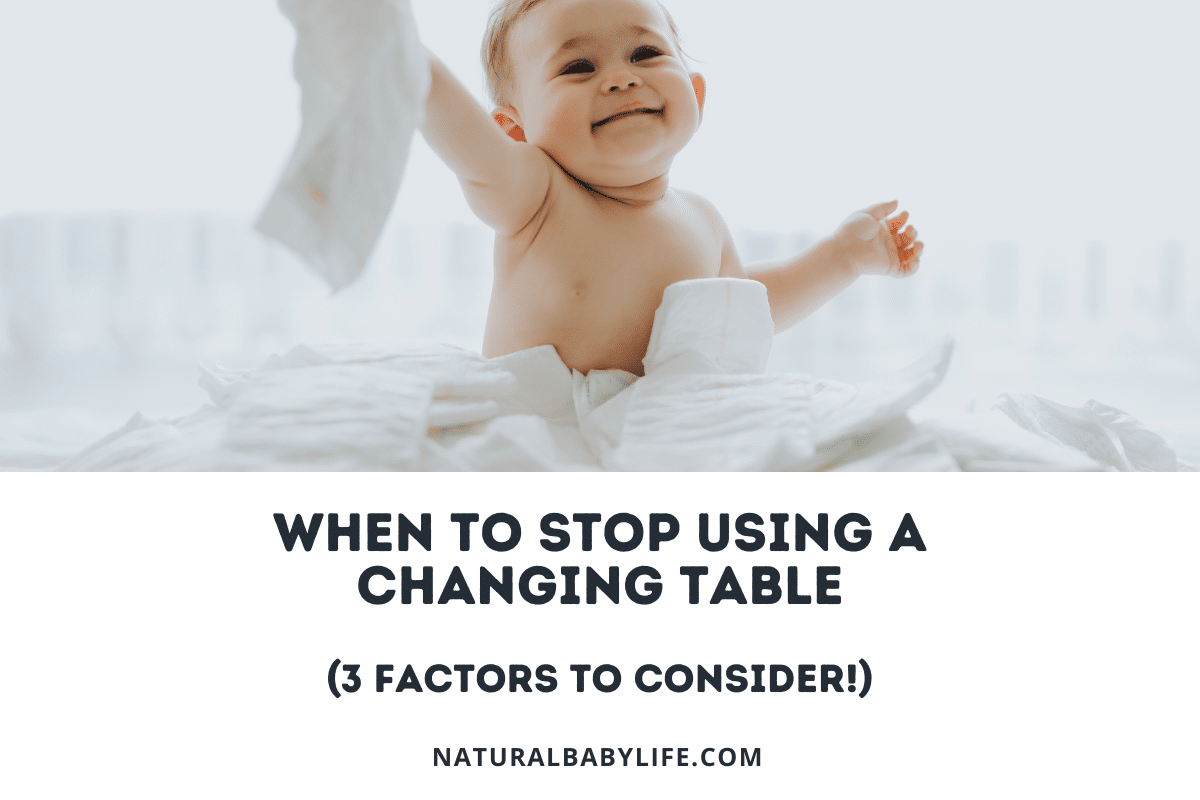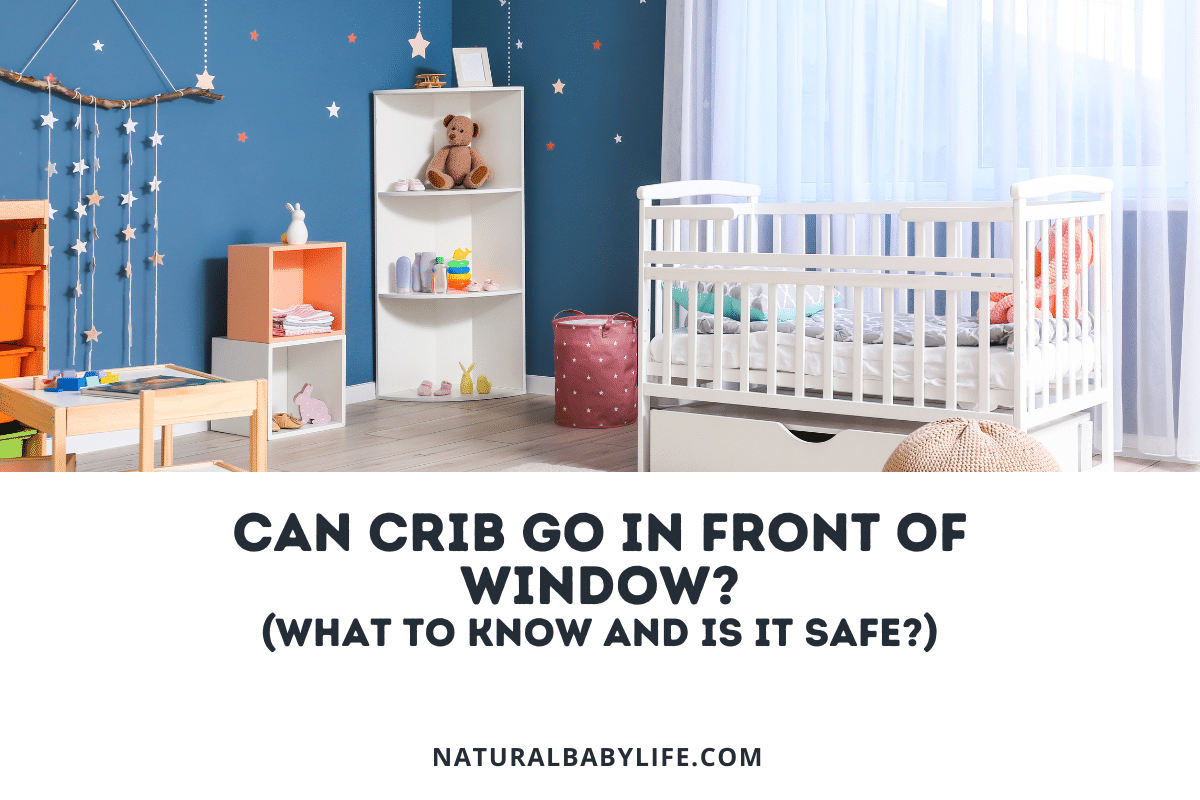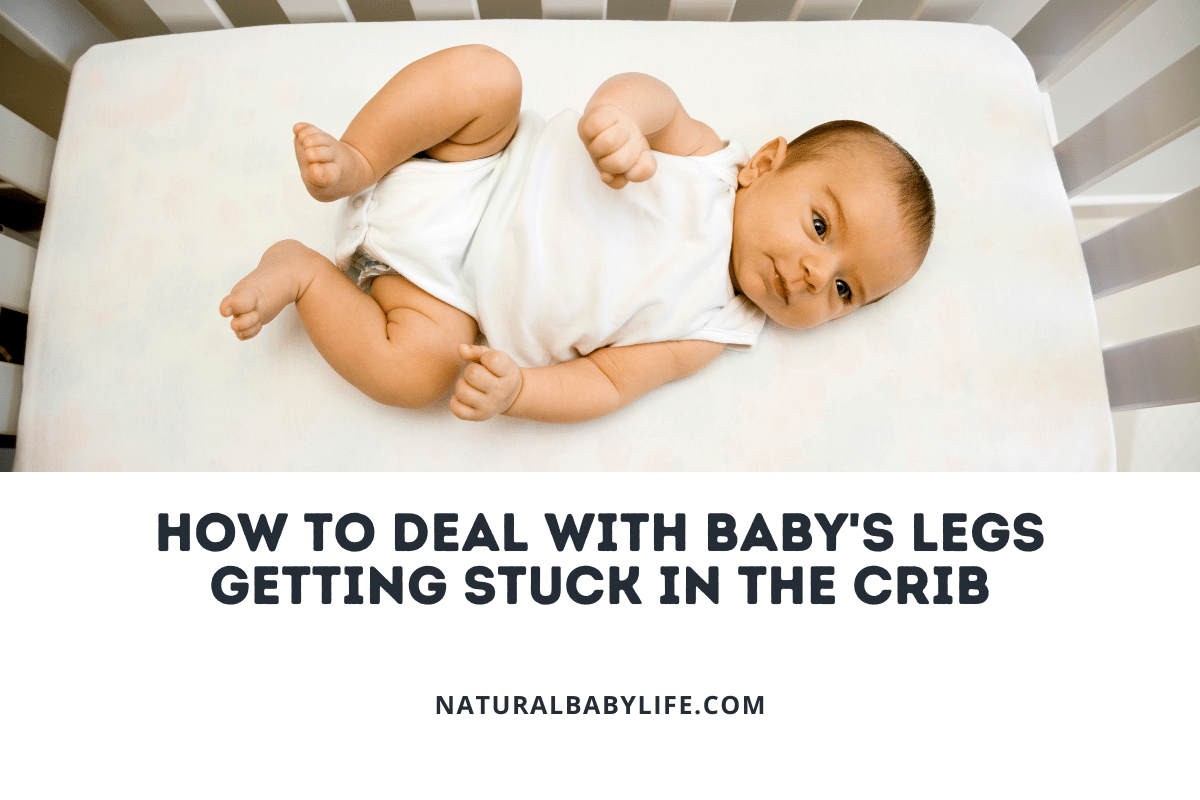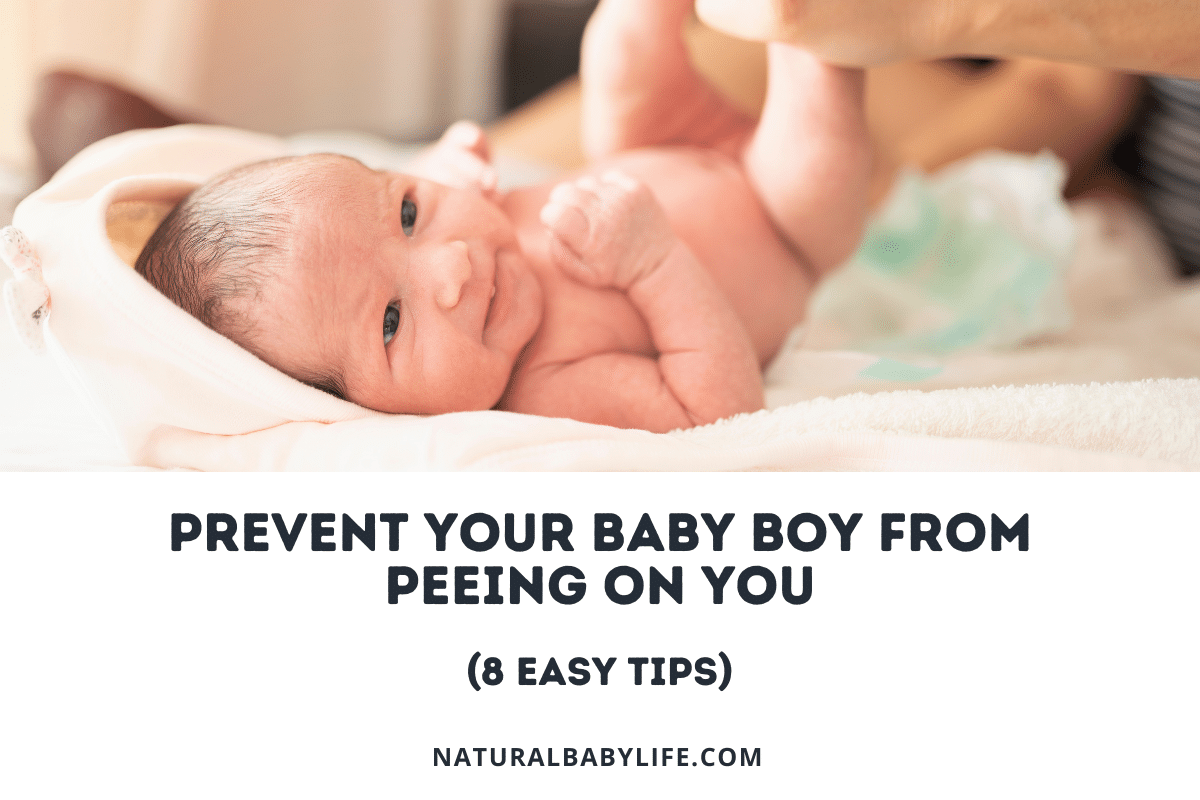The notion of setting up a baby nursery is a stressful one for many first-time parents. This can be even more stressful for parents who live in small apartments or houses as well as those lacking the finances or time to furnish and decorate a baby nursery. Recently, many parents have begun to question whether they can find more modern alternatives to this traditional sleeping arrangement and have started to ask themselves: what is the point of a baby nursery, anyway?
A baby’s nursery is, at its simplest, the room where your baby sleeps and where their belongings are kept. Expectant parents can decide to have a dedicated nursery based on available space, funds, and parenting beliefs. There are alternatives to baby nurseries that work well for many families, including room sharing with parents or siblings.
Read on for more information on the point and purpose of a baby nursery. Plus, suggestions for alternatives to a traditional baby nursery set-up that are within your budget and perfect for smaller living spaces.
Table of Contents
Does a baby really need a nursery?
If you’ve spent any time on Pinterest looking for nursery ideas for your little one, you’ve probably witnessed a barrage of beautiful whimsically conceived and intricately decorated options that most parents will never dream of setting up (or being able to afford!). Is all that really necessary?
Your baby doesn’t need a Pinterest-worthy nursery. He doesn’t even need his own room! All your newborn needs is a quiet, safe place to sleep and somewhere for his necessities to be stored.
The choice as to whether a baby needs his or her own room has long been a source of debate. While some place a high level of importance on a traditional baby nursery there is no set requirement that parents have a baby nursery.
Even parents who excitedly set up an adorable nursery for their little one often find themselves preferring to keep the infant close by for the first year or two.
The very concept of having a baby sleeping in a separate nursery is a relatively modern one. It’s a practice that is also unsupported in many cultures around the world. In at least forty percent of documented cultures, parents co-sleep with their babies and do not have a baby nursery. A recent study on infant sleep positioning found that co-sleeping, the practice of parents sleeping together with their babies, has grown from six percent in 1993 to twenty-four percent in 2015.
There has also been a growing initiative that has been embraced by pediatric doctors across the United States. This new initiative is one that has hospitals nixing their own baby nurseries altogether in favor of a more “baby-friendly,” method of sending babies straight to their parents for room sharing.
What is the point of a nursery?
A nursery may bring to mind images of brightly colored walls, carefully themed decor, and perfectly placed stuffed animals, but that’s not really what makes a nursery.
A nursery is a bedroom, designated for a baby, in which they sleep and their parents store their belongings. A nursery may include a crib, a changing table, and a nursing chair for mom.
Once the baby starts to move around and interact with their surroundings, this room can either be passed down to a younger sibling or updated to fit a toddler or young child.
What do you really need in a nursery?
Planning your baby’s nursery can be overwhelming. With all the toys, decorations, and furniture available, how do you know what your baby really needs?
The only requirement for a nursery is that your baby has a safe space in which to sleep such as a crib or bassinet.
Optional nursery items include:
- Changing table and pad
- Toys
- Playmats, especially one that is designed to encourage tummy time
- Music or sound machines
- Projection devices
- Rocking chair
- Nursing chair
- Baskets or storage organizers
- Dresser
- Bookshelf
Do you need a nursery for the second baby?
If you went all out and set up a perfect nursery for your first baby, do you need to do the same the second time around?
No matter what baby product brands and advertisers say, having a baby nursery is a matter of parental choice. You may want to choose a sleeping arrangement for your second baby based on what worked well for your first baby. Other factors you’ll want to consider when deciding whether to have a nursery for your baby are space availability, your budget, and your parenting style.
Many parents have their second baby use the same nursery they used for their first child if the room space is available and the arrangement worked well for their family the first time.
There is no correct way to set up your home for an incoming second child and many families choose to skip using a nursery for their second baby which saves them the space, time, and cost of a nursery.
What to do instead of a baby nursery
There are many alternative options to a baby nursery for those looking to make other arrangements for their incoming little ones.
The most important thing to remember when considering preparing your baby’s future sleeping arrangements is that whatever you choose for your baby is safe and quiet.
The following are some popular alternatives to the traditional baby nursery:
- Room sharing with parents
- Room sharing with siblings
- Repurposing available space
Room sharing with parents
Room sharing with parents for the first year is the most popular alternative to a baby nursery and an arrangement with many benefits for both baby and parents alike.
Room sharing is encouraged with attachment parenting approaches and super convenient for middle-of-the-night feedings, as well as staying close to the baby. Room sharing saves space, the time of setting up a nursery, and the cost of decorating another bedroom.
Room share with siblings
Having multiple children doesn’t necessarily mean you need multiple bedrooms.
The practice of babies sharing rooms with their older sibling(s) is one that has been used for years. It is also economically beneficial for families and doesn’t require an extra bedroom.
Having your baby with their sibling is also a great way for siblings to bond early and for your baby to get some extra attention to boot.
Repurpose available space
Do you have extra space in your family room or living room where you could put a baby’s crib? Another spot in your home where you could easily fit a crib or bassinet?
Many parents have found success with carving out some existing space in already occupied rooms of their home and repurposing that space into little nursery nooks in which their babies can sleep.
In fact, many parents discover they hardly use certain rooms, such as dining rooms, in their home during the hours their baby sleeps. This alternative to a nursery also saves time, money, and space and can be extremely convenient for busy families.

